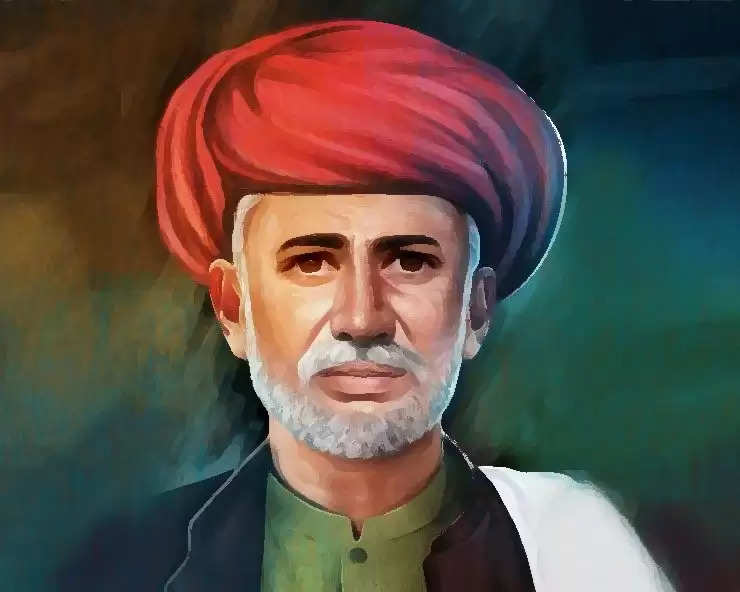Jaipur : Jaipur is not just a city but a historical and cultural heritage of India. Jaipur was founded in the year 1727 by Raja Sawai Jai Singh II of Amer. It is said that at that time the capital of Amer could not be expanded due to water crisis and less space. To solve this issue, Sawai Jai Singh laid the foundation of a modern city. The construction of Jaipur is not only an excellent example of architecture, but it also shows Sawai Jai Singh’s passion for science and astrology. Jantar Mantar of Jaipur is a unique example of this. It is an astronomical observatory, which has been included in the UNESCO World Heritage Site.
Vastu Shastra was taken care of in the settlement of Jaipur
This city glowing with pink color is included among the most beautiful and well-organized cities of the world. The markets and squares of old Jaipur are keeping the identity of this city alive. Jaipur city is not only an example of modern town planning, but architecture has also been taken care of in its settlement. For this, the services of famous architect of Bengal Vidyadhar Bhattacharya were especially taken. Vidyadhar designed the city keeping in mind the principles of Hindu architecture and Indian town planning.
High walls protect the city
The doors of Jaipur are the pride and identity of the city. Jaipur is a city situated in the Chahar Wall. These high walls not only protected the city. Rather, it adds to its beauty. When the city spread beyond it, people started calling it ‘parkota’. 7 gates were made to exit this rampart. These gates had their own importance.
The names of these doors tell their specialty
Ajmeri Gate: This gate opens towards Ajmer and was the main route for those going south.
Sanganeri Gate: This leads to Sanganer, which is famous for its block printing and handicrafts.
Chandpol Gate: This gate on the west side leads to Chandpol Market, which is a very busy market even today.
Ghat Gate: This gate was used to exit from the eastern part of the city.
Surajpol Gate: It was named because of its opening in the direction of the sun i.e. east.
New Gate: It was built later, and it connects the new areas of Jaipur.
Tripolia Gate: This was a special door of the royal family, which could not be used by the general public.
All these doors were not only built for the security of Jaipur, but are also a part of the beauty and architecture of the city. Even today these doors keep the historical identity of Jaipur alive.
Important role of three people in building the city
Three people have played an important role in building modern Jaipur and making it a great city while maintaining its historicity. Mirza Ismail, Maharaja Sawai Man Singh II and Bhagwat Singh Mehta were the Diwans of Jaipur. Mirza Ismail was the Prime Minister (Dewan) of Jaipur and played an important role in the development of the city. He commanded Jaipur from 1942 to 1946 and during this time made many important reforms to make Jaipur a modern and organized city. Mirza Ismail improved roads, water supply and health facilities, which made life easier for the residents of Jaipur.
The city’s economy and education level increased
His focus was not just on infrastructure, but he also developed industries and schools, which increased the city’s economy and education level. He also ensured that the benefits of development reach all people. Maharaja Sawai Mansingh II was the last ruler of Jaipur. He gave priority to education, health and urban development. His thinking led Jaipur towards modernity, while also maintaining the cultural and historical identity of the city. Bhagwat Singh Mehta was one of the chief planners of Jaipur. He planned urban development in such a way that there was a harmony between traditional architecture and modernity.


